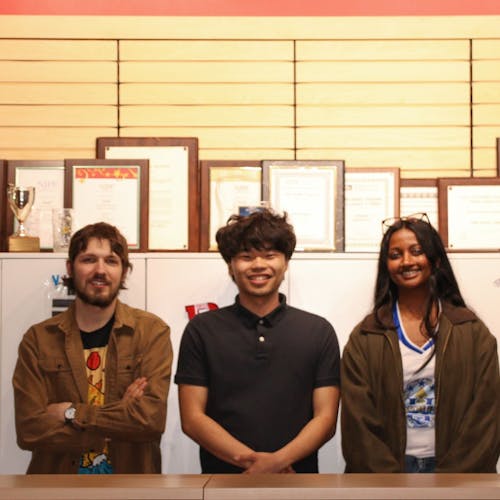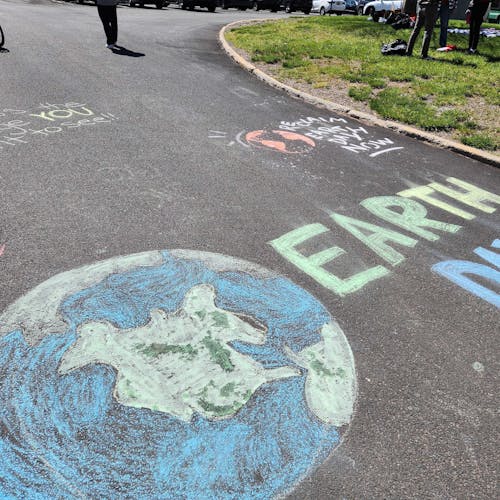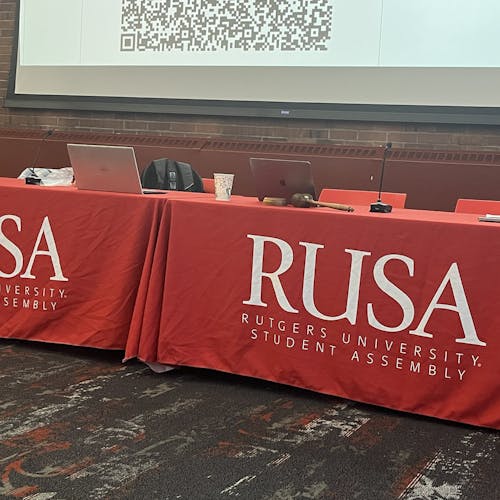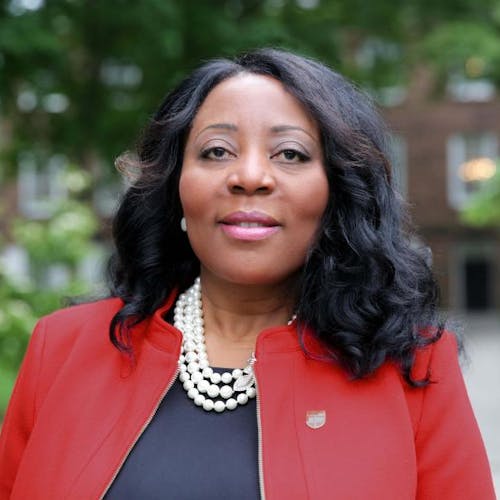Rutgers professor finds income inequality disproportionately effects senior citizens
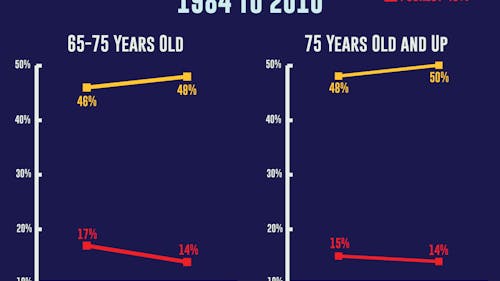
A decades-long study on income inequality has been updated and finds senior citizens have greater economic issues than when they were younger.
Stephen Crystal, a professor in the School of Social Work, published a paper with co-authors Dennis Shea and Adriana Reyes that found income inequality is higher in individuals older than 64 years old and especially after age 74 than during their traditional working years.
The income received by members in this age group within the lower 40 percent of income distribution went down from 17 percent to 14 percent of the total from when they were younger, while those in the top-most 20 percent saw their income increase from 46 percent to 48 percent of the total.
For those aged 75 or older, the poorest 40 percent of people saw their share of the total income decrease from 15 percent to 14 percent.
About 20 percent of senior citizens receive 50 percent of the total income by those aged 75 and older, with the lower 80 percent receiving the other half.
This study on income inequality is unique in comparison to all his other works because it likely goes back the farthest in terms of being involved with these questions, Crystal said.
While writing a book in 1981 titled "America’s Old Age Crisis" — an extension of his doctoral dissertation — and working as a program evaluator for the state of New York on old-age policy, Crystal said he was looking at how to deal with the needs of this specific age group.
As a doctoral student at the time, Crystal said he wanted to step back and take a look at the big picture and how policy strategies were working and what the problems were.
The population of older people was large at the time, and Crystal said it was expected to continue to grow as a percentage of the population.
“We spend something like a third of all federal expenditures on older people,” he said. “So when you think about the problems of the federal budget and all of these things — social security, Medicare — they’re all very big social issues.”
When viewing date over time, Crystal said, he could see that some older people were doing great, but there appeared to be two worlds of aging.
“In a way, this whole line of research ever since — and there’s been probably twenty-something papers of which this is the most recent one — had been about thinking about this issue of the two worlds of aging and this issue about inequality within the older population,” he said.
Crystal created a concept called the cumulative advantage and cumulative disadvantage model. This is the basic idea that over a person’s life-course, the people that start out well tend to do better and better.
“The people that don’t start out well tend to fall behind over times,” he said. “So if you look at a cohort of people that are born within a certain span of years — taking my cohort for example, which is the early baby boomers — you follow them over the course of their life, the rich get richer and the poor get poorer.”
Entitlements such as social security play into that problem, he said. That is why income inequality is not something that is exactly the same from country to country but is worse in the U.S.
The greatest income inequality across ages was found in the older generation, according to a a study completed in the 1990s by Crystal and a graduate student at the time, Dennis Shea.
“We talked about how that whole situation is driven by policies like social security and what might be some of the things that would give a better chance to the people of the lower end of that and what was the concentration of income among people in the top 20 percent,” Crystal said.
In the past several years, people continued to cite their paper despite its outdated data, causing Crystal and Shea to feel compelled to see whether the inequality in old age is further increased and what it looks like today in comparison to their original paper.
While this data applies to older generations, it correlates to the effects millennials will face as they get older, Crustal said. It would take a collective effort for the government to rethink how it is going to handle its income inequality issues.
Samantha Karas is a School of Arts and Sciences senior majoring in journalism and media studies and English. She is a correspondent for The Daily Targum. Follow her on Twitter @samanthakaras for more.
